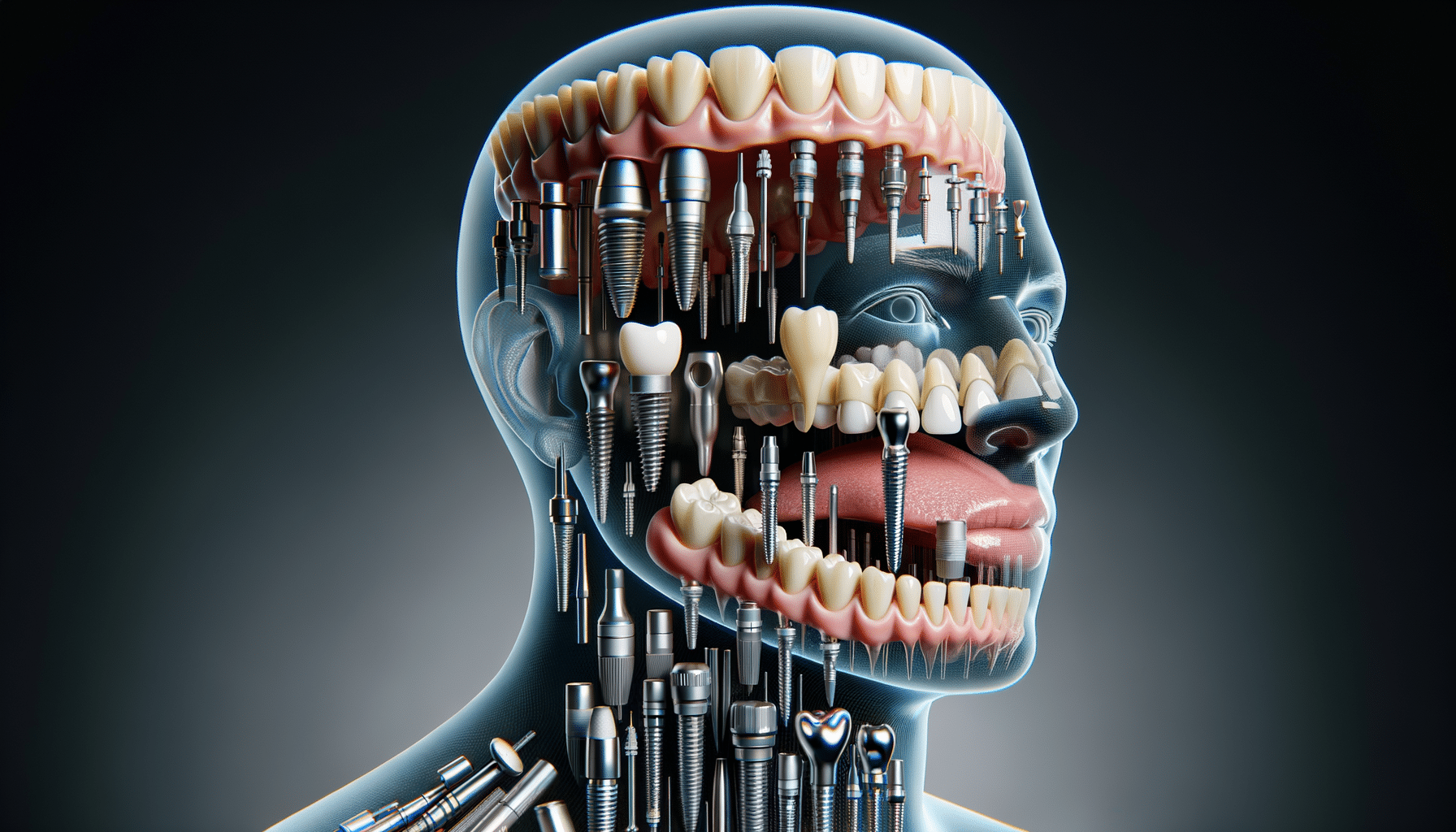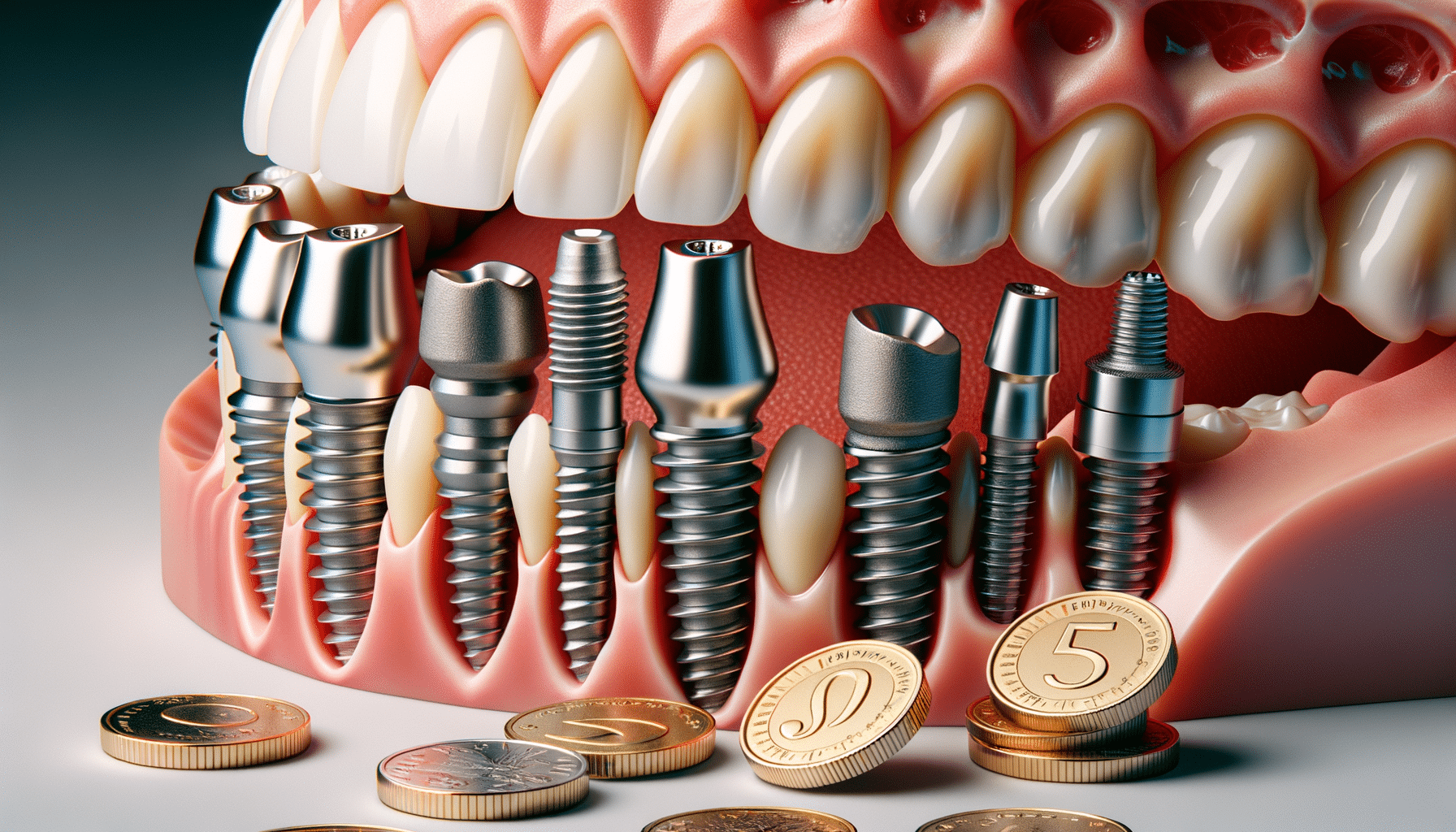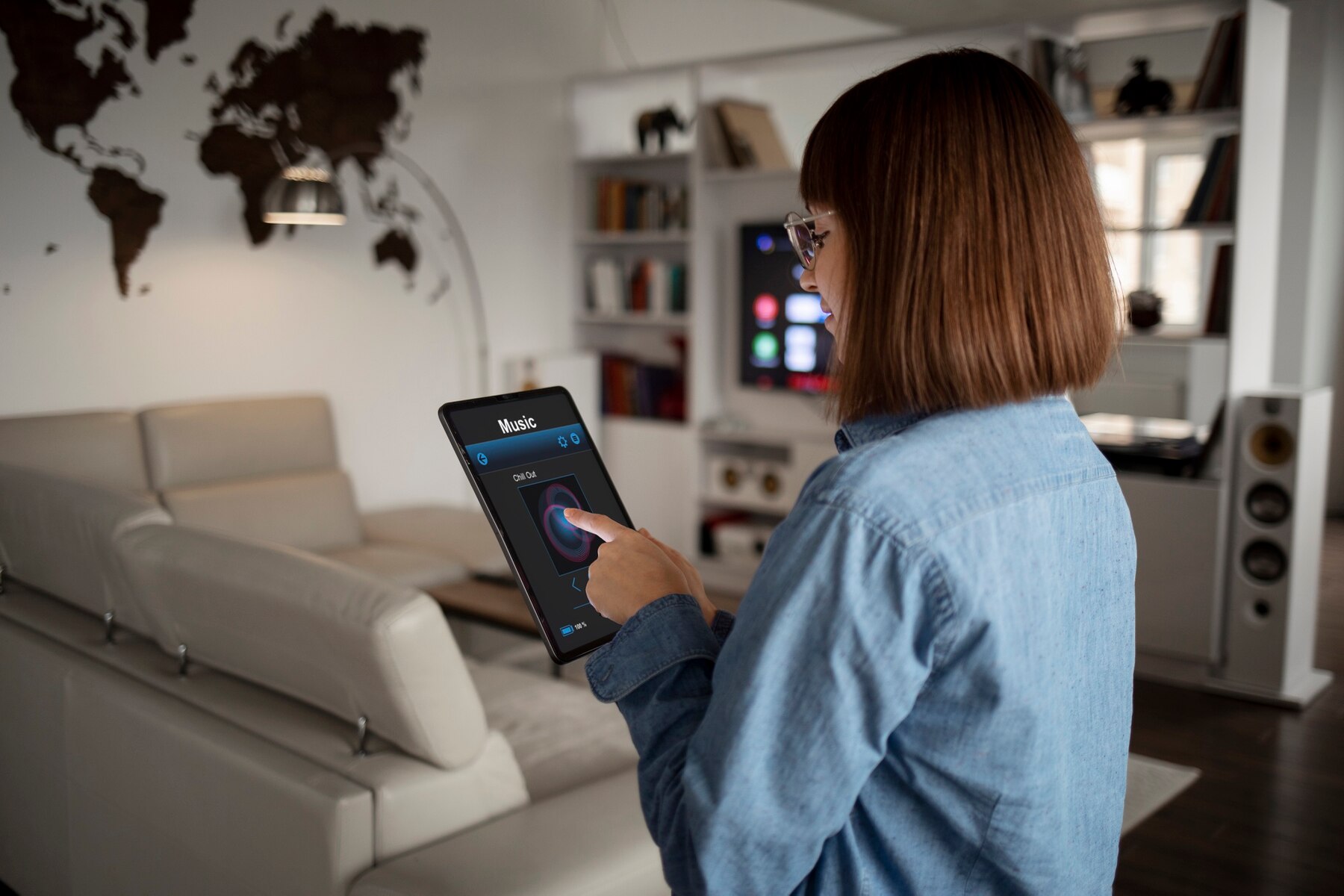
How AI is Transforming Smart Homes in 2025
The idea of a smart home has changed a lot over the past decade. Artificial intelligence (AI) has been key in this shift. As we move into 2025, AI is making smart home automation more intuitive, efficient, and secure. This blog explores how AI is changing smart homes, focusing on areas like AI-powered security and voice control. This guide is great for tech lovers, homeowners, and anyone curious about home automation. It provides useful insights into AI-enhanced living spaces.
Recently, smart home technology has grown rapidly. This growth is due to the promise of convenience, energy savings, and better security. With AI, smart homes are becoming more than just connected devices. They are becoming smart ecosystems. They learn from users’ habits and preferences. This change improves homeowners’ lives and raises the bar for sustainability and security.
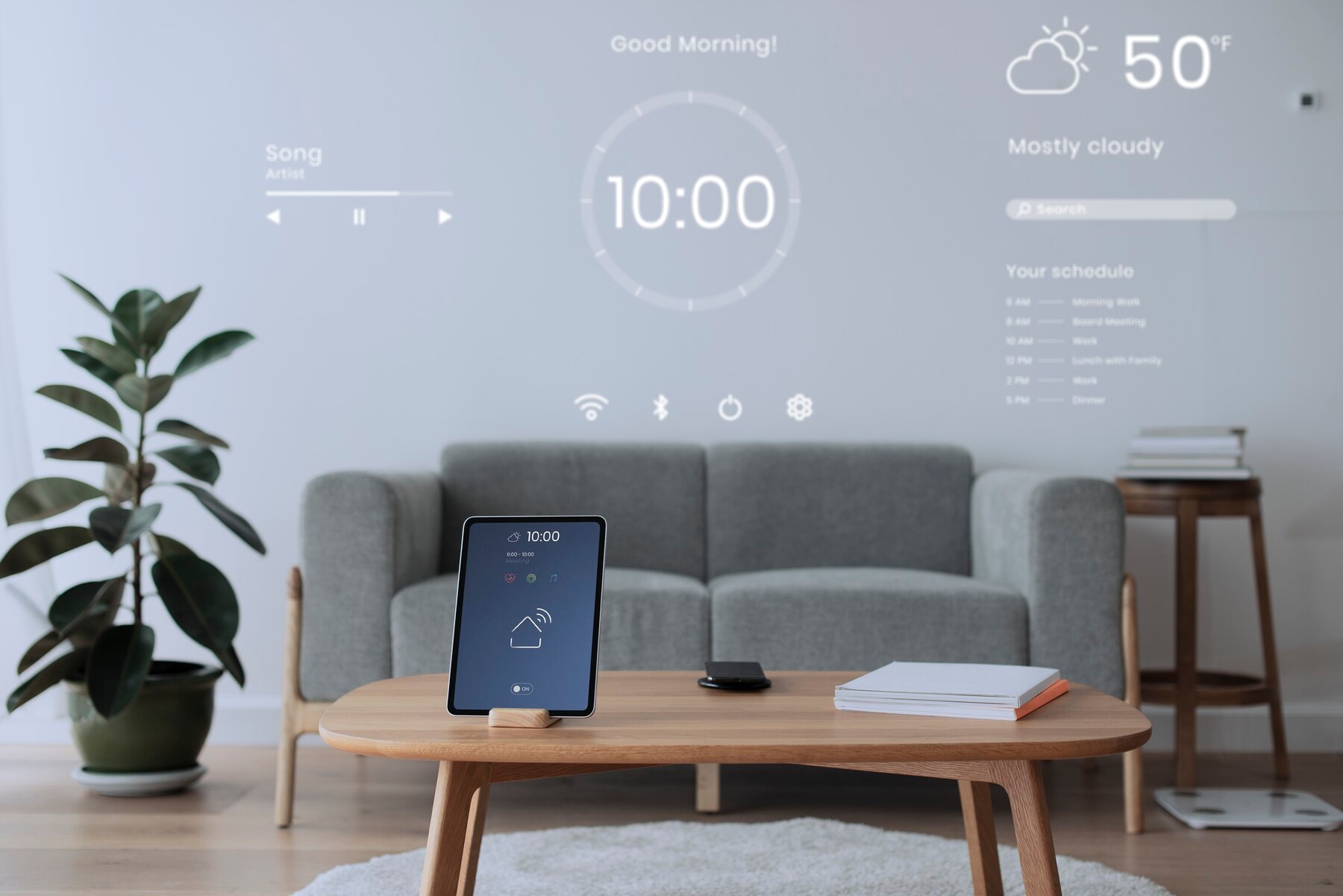
Key Benefits of AI in Smart Homes
Why It Matters
Integrating AI into smart homes is a major step forward in automation. AI makes homes more responsive and personalised, offering benefits that seemed impossible before. Here are key reasons why AI is vital for smart home evolution:
Enhanced Energy Efficiency
AI optimises energy use in smart homes. It analyses usage patterns to adjust heating, cooling, and lighting, cutting waste and reducing bills. AI can predict when a room will be used. It can then adjust the settings for comfort and save energy.
Improved Security
AI security systems are a breakthrough for smart homes. These systems use smart algorithms to find unusual activities and possible threats. This helps homeowners feel secure. AI can analyse video feeds from cameras. It detects suspicious behaviour and alerts homeowners or authorities right away. This proactive approach greatly boosts smart home safety.
Personalised Living Experience
AI creates a personalised living experience. By learning from user actions, AI can adjust the home environment to fit individual preferences. AI improves daily life by changing the lighting for mood, playing favourite playlists, and suggesting meals based on diets. It makes things more enjoyable and convenient.
Seamless Integration of Devices
AI enables smooth integration and communication between various smart devices in a home. This connection helps things run smoothly. It also improves how well your smart home works. For instance, AI can link smart thermostats, blinds, and lighting to create the perfect atmosphere for any occasion.
Step-by-Step Guide to AI-Powered Smart Home Automation
Understanding the Components
To see how AI changes smart homes, it helps to know the key components of AI-powered automation. These parts work together to create an intelligent living environment:
Smart Sensors
Smart sensors act as the eyes and ears of a smart home. They gather data on temperature, humidity, light levels, and occupancy. AI systems use this information to make decisions and automate tasks.
AI Algorithms
AI algorithms are the brains behind smart home automation. They process data from sensors, find patterns, and make predictions. They help the home learn from user behaviour and adjust to changing needs.
Connected Devices
Connected devices are the core of a smart home. Smart thermostats, lighting, security cameras, and appliances can all be controlled with AI. You can automate these devices easily.
Voice Assistants
Voice assistants like Amazon Alexa, Google Assistant, and Siri are vital for voice-controlled homes. Users can interact with smart systems using natural language. This makes it easier to control devices and access information.
Implementing AI-Powered Security
AI security systems lead smart home innovation. Here’s how to set up an AI-driven security solution:
Step 1: Install Smart Cameras
Start by placing smart security cameras at the main entry points. Choose cameras with AI features, like facial recognition and motion detection. They offer better effectiveness.
Step 2: Set Up AI Security Software
Next, install AI security software that can analyse video feeds and spot potential threats. This software should send real-time alerts to your smartphone or other devices.
Step 3: Integrate with Other Smart Devices
Link your AI security system with other smart devices in your home, like smart locks and lighting. This integration helps teams respond to security threats. For example, it can lock doors and turn on lights when there’s suspicious activity.
Step 4: Regularly Update and Maintain
Finally, keep your AI security system updated and maintained for optimal performance. This involves updating software, checking camera functionality, and reviewing security settings.
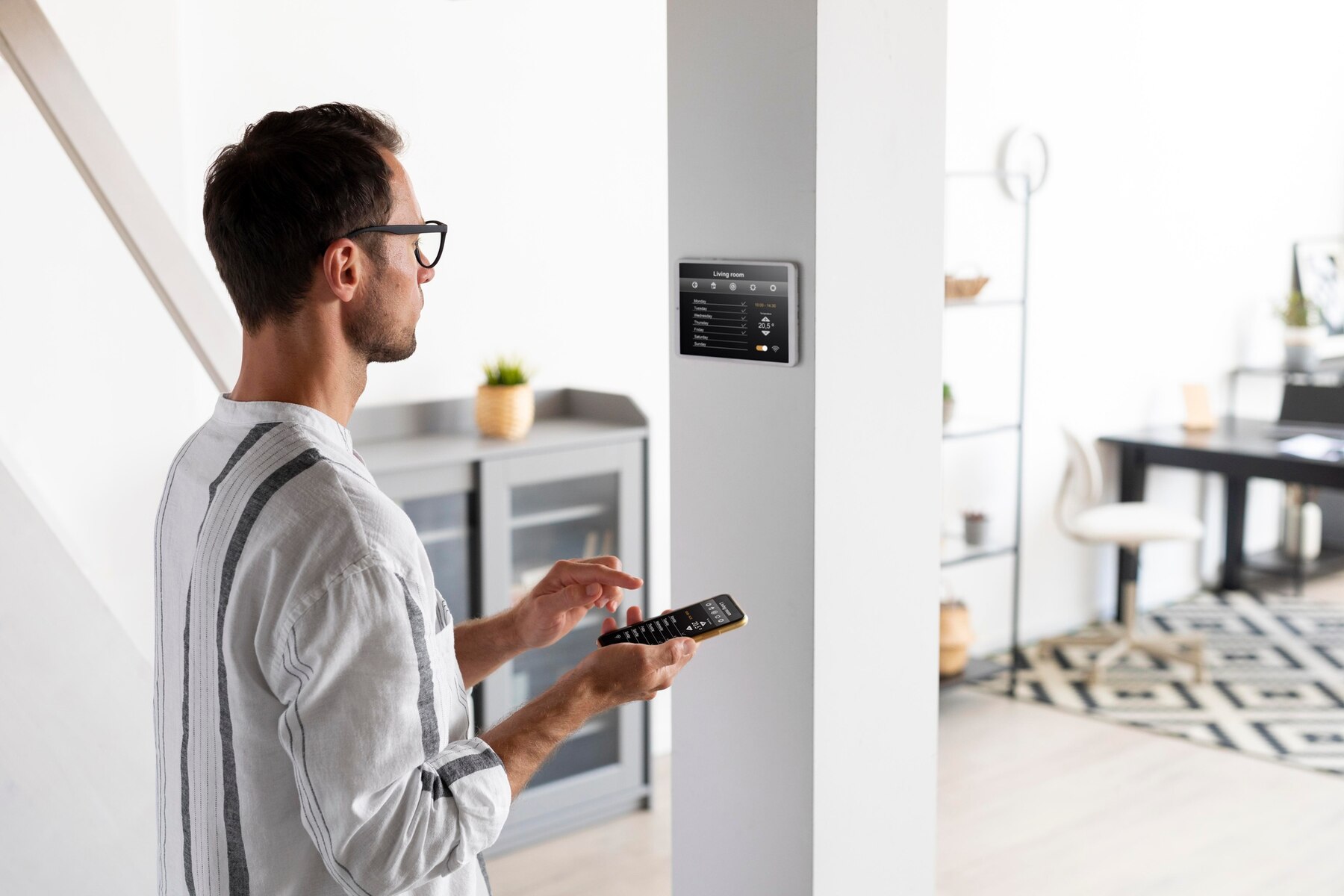
Embracing Voice-Controlled Homes
Voice-controlled homes are gaining popularity due to their convenience. Here’s how to create a voice-controlled environment in your smart home:
Step 1: Choose a Voice Assistant
Select a voice assistant that fits your needs. Popular options include Amazon Alexa, Google Assistant, and Siri. Check how well the assistant works with your current smart devices.
Step 2: Set Up Voice Commands
After choosing a voice assistant, set up voice commands for various tasks around your home. These commands should be easy to remember for seamless interaction.
Step 3: Integrate with Smart Devices
Connect your voice assistant with all compatible smart devices in your home. This lets you control lighting, temperature, entertainment, and more with voice commands.
Step 4: Customise and Personalise
Tailor your voice-controlled system to fit your lifestyle. This could mean setting routines for certain times of the day or creating custom commands for specific tasks.
Additional Expert Tips & Common Mistakes to Avoid
Best Practices for AI-Driven Smart Homes
To get the most from AI in your smart home, consider these expert tips:
- Regularly Update Software: Keep all software updated for optimal performance and security.
- Prioritise Security: Implement strong security measures to protect your smart home from cyber threats. Use strong passwords, enable two-factor authentication, and routinely review security settings.
- Monitor Energy Usage: Use AI’s energy-saving features by tracking and adjusting energy use.
- Experiment with Automation: Try different automation setups to discover what works best for you and your family.
Common Mistakes to Avoid
Watch out for these common mistakes when adding AI to your smart home:
- Overlooking Compatibility: Make sure all smart devices work well together and with your chosen AI platform.
- Neglecting Privacy Concerns: Be aware of privacy issues and take steps to protect your data when using AI devices.
- Ignoring Maintenance: Regular maintenance keeps your smart home systems running smoothly. Don’t skip software updates and device checks.
Advanced Insights & Expert Recommendations
The Future of AI in Smart Homes
As AI technology grows, the potential for smart homes is endless. Here are some expert predictions and recommendations for the future of AI in smart home automation:
- Increased Interconnectivity: Expect better connections between smart devices for more integrated home automation experiences.
- Enhanced AI Capabilities: AI systems will become more advanced, offering higher levels of personalisation and automation.
- Focus on Sustainability: AI will help promote sustainable living by optimising energy use and reducing waste.
- Improved Accessibility: AI advancements will make smart home technology easier for more users, including those with disabilities.
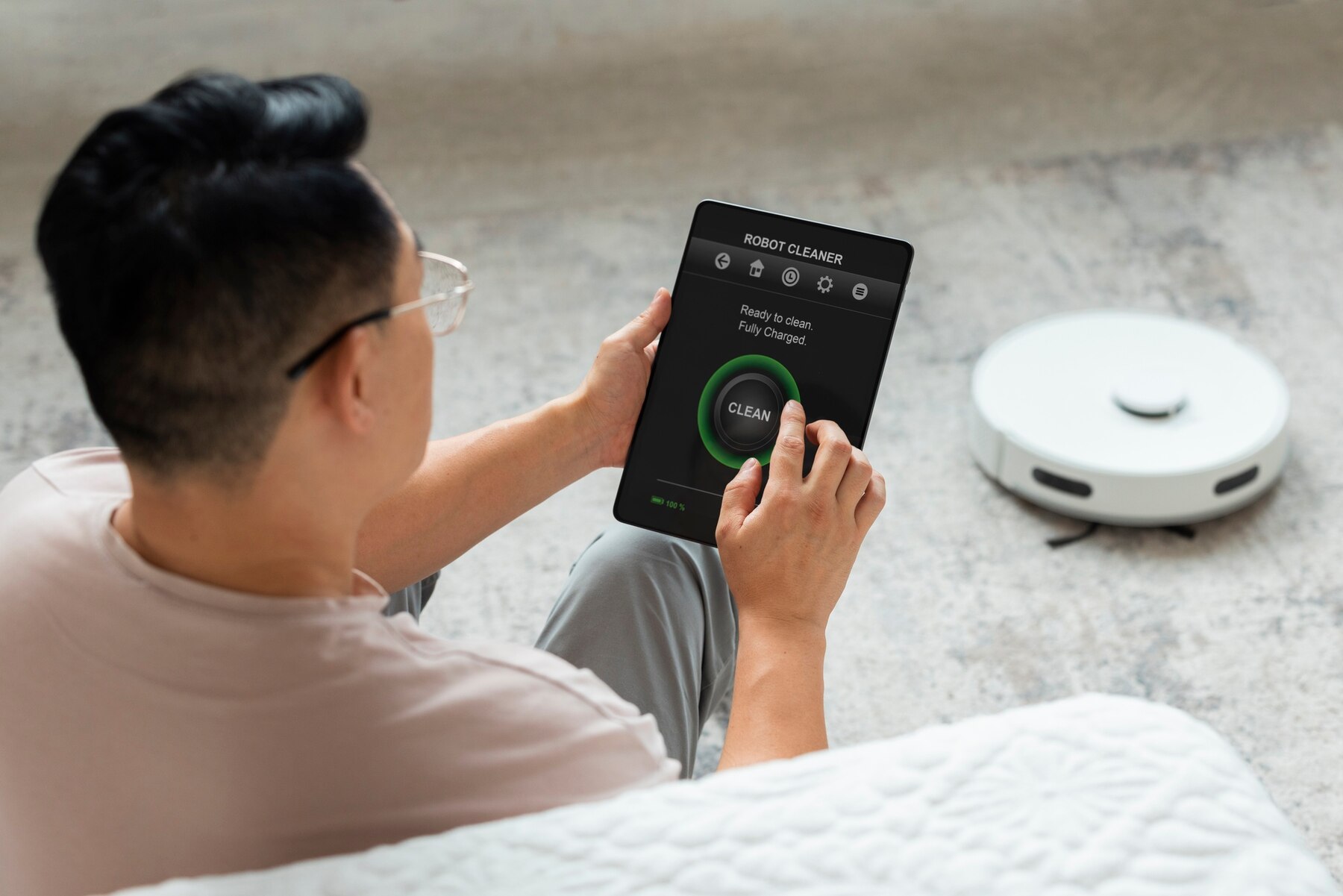
The Future of Intelligent Living in 2025
AI is changing smart homes in 2025 by improving energy efficiency, enhancing security, and providing personalised living experiences. As AI technology evolves, it will make smart gadgets for your homes even more intuitive and responsive, setting new standards for convenience and sustainability. By adopting AI-powered smart home automation, homeowners can enjoy a more comfortable, secure, and efficient living space.
